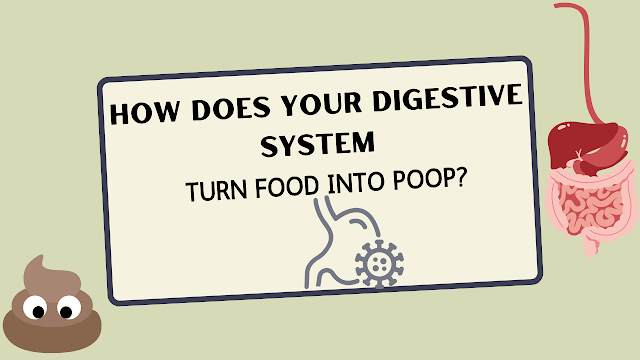Your Digestive System: How Food Gets Digested
As food is chewed, mechanical digestion starts in the mouth. Chemical digestion begins when food and saliva are mixed together in the mouth. Amylase, an enzyme found in saliva, starts to break down carbs. The throat’s flexible epiglottis is located near the larynx’s tip. It serves as a switch between the larynx and the oesophagus, allowing food to pass into the oesophagus and air to enter the airway to the lungs. The muscular tube known as the oesophagus connects the throat to the stomach.
Your Digestive System: The Esophageal Muscle, Stomach, and More
Its length is about 8 inches. The esophageal muscle moves food that has been swallowed down to the stomach through peristaltic activity. After that, the food enters the stomach, an organ with a rounded, hollow j shape. The stomach performs three mechanical functions and is situated halfway between the oesophagus and the duodenum. The food and fluids that was swallowed must first be kept in the stomach. To do this, the upper stomach’s muscles must relax and accept enormous amounts of ingested material. The rugae, or wrinkles, that cover the inner layer of the stomach, are numerous. Rugae both aid to grasp and move food during digestion and let the stomach to extend to accommodate huge meals.
The Important role your digestive system plays in Breaking Down Food
The second task is to combine the liquid from the food with the stomach’s digesting juice. By working as a blender, the lower region of the stomach blends these ingredients and breaks down the food into 3 millimeter-sized fragments. Finally, the stomach expel this acid, which the small intestine then slowly absorbs. The majority of the body’s final absorption of nutrients and minerals from meals occurs in the small intestine, often known as the small bowel. Between the stomach and the large intestine, it is located. The small intestine’s initial section, the duodenum, receives partially digested food from the stomach and starts the process of absorbing nutrients.
Pancreatic Fluids and Bile: Aiding Your Digestive System
The duodenum, which measures roughly 23 to 28 cm (9 to 11 inches) in length, is the smallest section of the intestine. The body’s ability to digest lipids, carbs, and proteins is aided by the pancreatic fluids and bile that are expelled into the duodenum. The meal has a very long way to travel after entering the intestine. The small intestine lengthens 20 times during development, from 200 cm in a newborn to roughly 6 m in an adult. Mucosal folds can be seen on the small intestine’s inner walls. These are known as the circular plicae. The plicae are more abundant in the early section, decrease in quantity, and eventually disappear entirely.
Why is Your Digestive System Important?
Digestion is important because your body needs nutrients from food and drink to function properly and preserve health. Proteins, fats, carbohydrates, vitamins, minerals, and water are among the nutrients. Your digestive system disintegrates nutrients into smaller pieces so that your body can use them for cell growth and energy production. The remainder, which is primarily liquid, is next emptied into the colon. The colon is where the water is absorbed. The residual substance is broken down by bacteria in the colon. The rectum acts as a sort of storage container for this waste once the colon sends the leftovers there. Stool, or bodily waste, is expelled from the body through the anus by muscles in the rectum.




